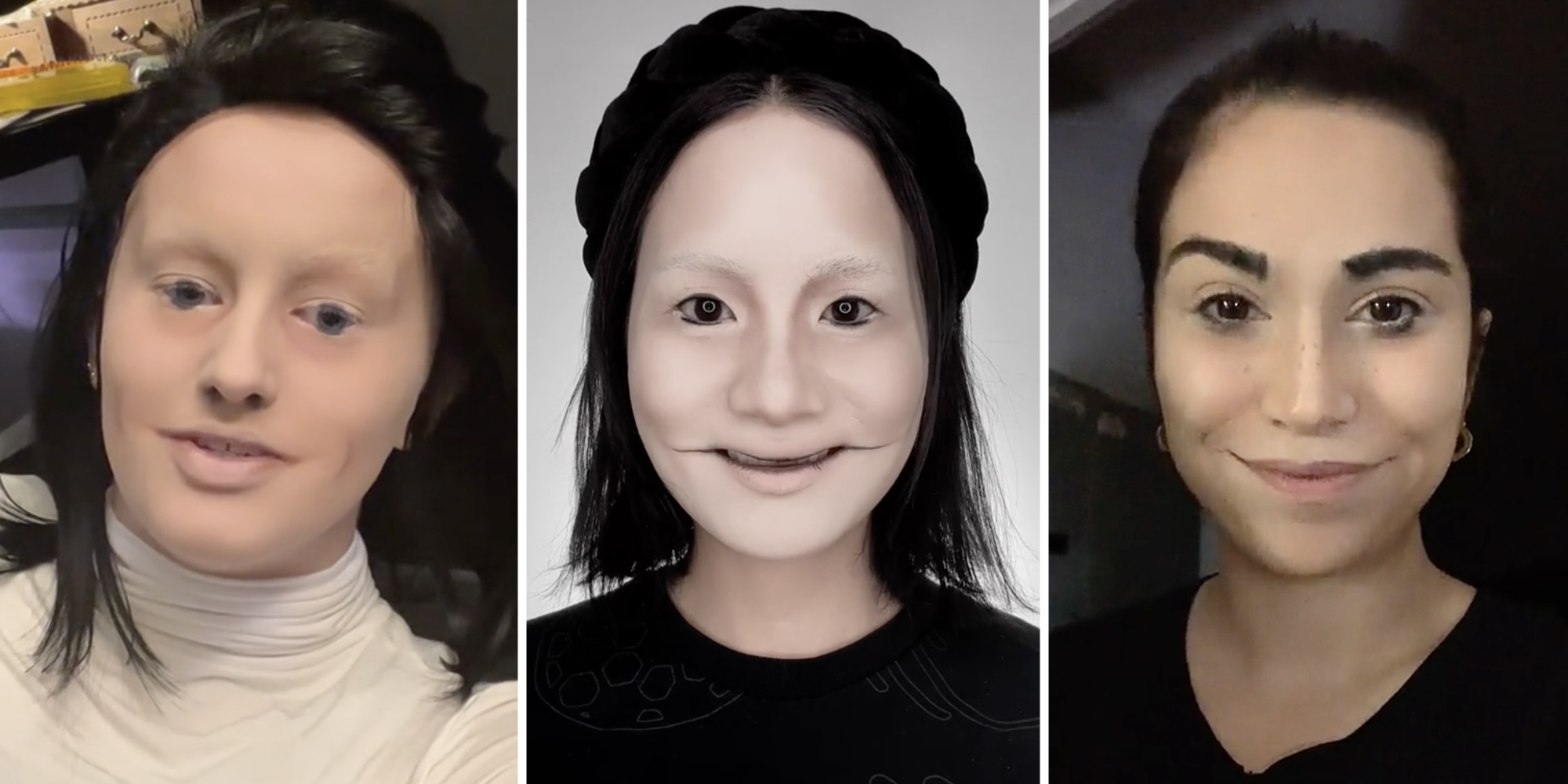
AI’s Leap into the Uncanny Valley: Facial Regeneration and Motion SynthesisAI’s Leap into the Uncanny Valley: Facial Regeneration and Motion Synthesis Artificial intelligence (AI) has taken a significant leap forward, venturing into the uncanny valley with its groundbreaking advancements in facial regeneration and motion synthesis. This cutting-edge technology has unlocked unprecedented possibilities in various fields, including entertainment, forensics, and healthcare. Facial Regeneration Facial regeneration is the process of restoring a person’s face to its former appearance. Traditionally, this required painstaking manual work by experienced artists. However, with AI, facial regeneration has become more accessible and efficient. AI algorithms can analyze the subject’s facial features, identify areas of damage or missing data, and generate realistic reconstructions. By leveraging deep learning techniques, AI systems can learn from vast datasets of facial images. This training enables them to capture the subtle nuances of human faces, including skin texture, facial expressions, and lighting conditions. As a result, regenerated faces appear incredibly lifelike and natural, making them indistinguishable from actual photographs in many cases. Motion Synthesis Motion synthesis involves animating facial features to create realistic facial expressions. Traditional methods relied on manual keyframing, which was time-consuming and required skilled animators. AI-powered motion synthesis automates this process by analyzing facial motion data and generating realistic animations based on the input. AI algorithms can accurately predict the movements of a person’s face when speaking, smiling, or making other facial expressions. This enables the creation of highly expressive and convincing facial animations that bring digital characters to life. The integration of motion synthesis with facial regeneration makes it possible to create digital doubles with fully animated faces that are almost indistinguishable from real people. Applications The applications of facial regeneration and motion synthesis are far-reaching and include: * Entertainment: Creating realistic facial animations for digital characters in movies, video games, and TV shows. * Forensics: Reconstructing faces from fragmented or damaged remains to aid in identification. * Healthcare: Visualizing facial injuries and planning surgical procedures with greater accuracy. * Virtual reality: Creating immersive experiences with believable avatars that respond realistically to user interactions. Challenges and Ethical Considerations While AI’s advancements in facial regeneration and motion synthesis have opened new possibilities, they also raise important ethical and societal considerations. One concern is the potential for misuse, such as the creation of deepfakes that could be used to deceive or defame individuals. Additionally, the uncanny valley phenomenon must be carefully navigated. Facial animations that are too realistic can trigger a sense of unease or revulsion in viewers. It is crucial for developers to strike a balance between realism and acceptance to create animations that are both engaging and emotionally resonant. Conclusion AI’s leap into the uncanny valley with facial regeneration and motion synthesis represents a profound technological advancement. These techniques have revolutionized the fields of entertainment, forensics, and healthcare. As AI continues to evolve, we can anticipate even more transformative applications in the future. However, it is imperative to proceed with caution and address the ethical and societal implications of these powerful technologies responsibly.
Posted inNews